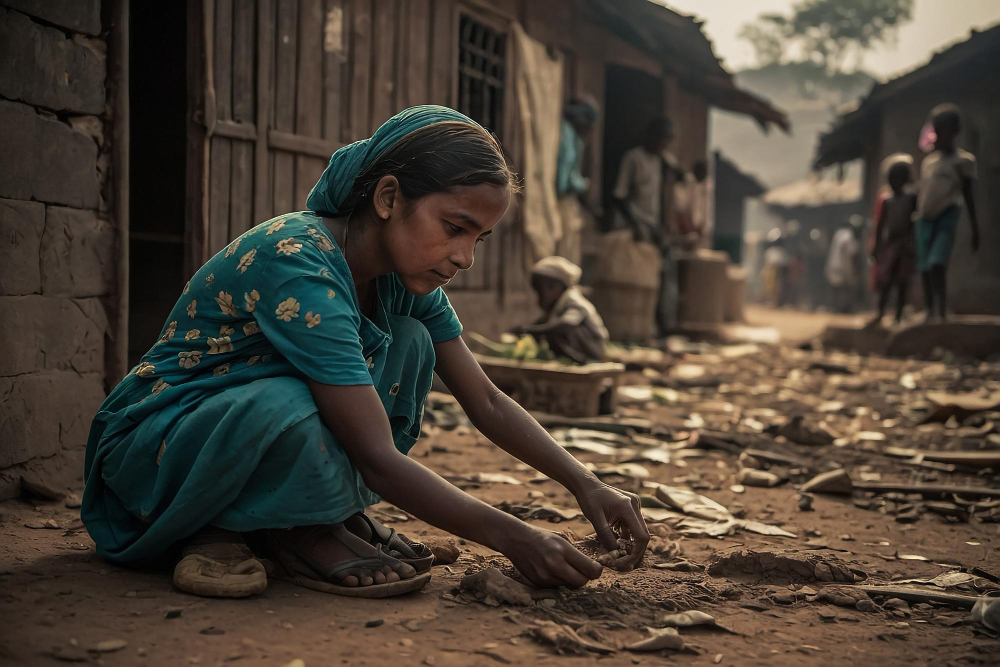With the transition from winter to summer, major hospitals in the Kathmandu Valley are witnessing a surge in cases of fever, water-borne diseases, and respiratory illnesses.

April 04, 2025
Kathmandu, Nepal

Representative image of a female who is sick.
With the transition from winter to summer, major hospitals in the Kathmandu Valley are witnessing a surge in cases of fever, water-borne diseases, and respiratory illnesses.
While the precise cause of the spike in fever cases remains unclear, medical professionals link the rise in respiratory and water-related illnesses to worsening air pollution and the consumption of contaminated food and water.
As temperatures continue to rise cases of seasonal diseases such as viral fever, cough, flu, and water-borne infections are increasing across the country. Doctors caution the public not to take these illnesses lightly, especially those with pre-existing health conditions, as they are more vulnerable to severe complications.
Physicians at Sukraraj Tropical and Infectious Disease Hospital and Patan Hospital anticipate a further rise in cases of viral fever, as well as water- and food-borne diseases in the coming days.
In addition to these diseases, hospital records show a continued prevalence of chronic obstructive pulmonary disease (COPD), pneumonia, and jaundice. The Epidemiology and Disease Control Division (EDCD) has acknowledged the increased risk of seasonal disease outbreaks and has instructed concerned agencies to monitor and report any unusual surges in illness.
Doctors emphasize that due to widespread poor sanitation and hygiene, Nepal remains highly vulnerable to water-borne diseases such as diarrhoea, dysentery, typhoid, hepatitis, and cholera, which affect thousands of people annually.

By sharing valuable information and sparking inspiration, we aim to foster growth, innovation and brighter opportunities for future generations.
Contact us